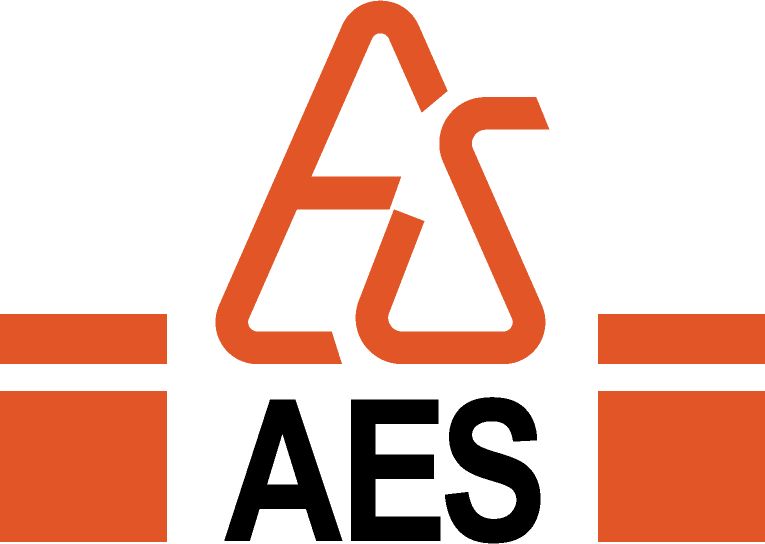Our Latest Posts
Ball Valves
Ball valves are a type of quarter-turn valve used to control the flow of fluids in a piping system. They are named for the ball-shaped closure mechanism within the valve body. Ball valves are commonly used in various industries, including oil and gas, chemical processing, water treatment, and HVAC (Heating, Ventilation, and Air Conditioning) systems.
Here are the key features and components of ball valves:
- Body: The body of a ball valve is typically made of metal, such as brass, stainless steel, or cast iron, although plastic bodies are also used in some applications. It houses the internal components of the valve and provides connection points for the pipeline.
- Ball: The ball is the main component of the valve that controls the flow of fluid. It has a hole or bore through its center, which allows fluid to flow through when the valve is in the open position. The ball is connected to the valve stem and can be rotated by 90 degrees to open or close the valve.
- Seats: Ball valves have two seats, one on each side of the ball, which provide a tight seal when the valve is closed. These seats are usually made of resilient material, such as PTFE (polytetrafluoroethylene) or elastomers, and ensure a leak-tight seal to prevent fluid from leaking past the ball when the valve is closed.
- Stem: The stem is the mechanism that connects the actuator to the ball. When the actuator is operated, it rotates the stem, which in turn rotates the ball to open or close the valve.
- Actuator: Ball valves can be operated manually using a handwheel or lever, or they can be automated with pneumatic, electric, or hydraulic actuators. These actuators provide the force necessary to rotate the ball and operate the valve remotely.
Ball valves are known for their quick operation and reliable sealing capabilities. They offer tight shut-off, even after long periods of inactivity, making them suitable for applications where leakage prevention is critical. Ball valves are often used in on/off applications where the valve is fully open or fully closed, rather than for throttling or regulating flow. However, some ball valves are designed for throttling service, with modifications to the ball and seats to provide more precise flow control.
Overall, ball valves are versatile, durable, and widely used in a variety of industrial and residential applications where efficient flow control is required.

